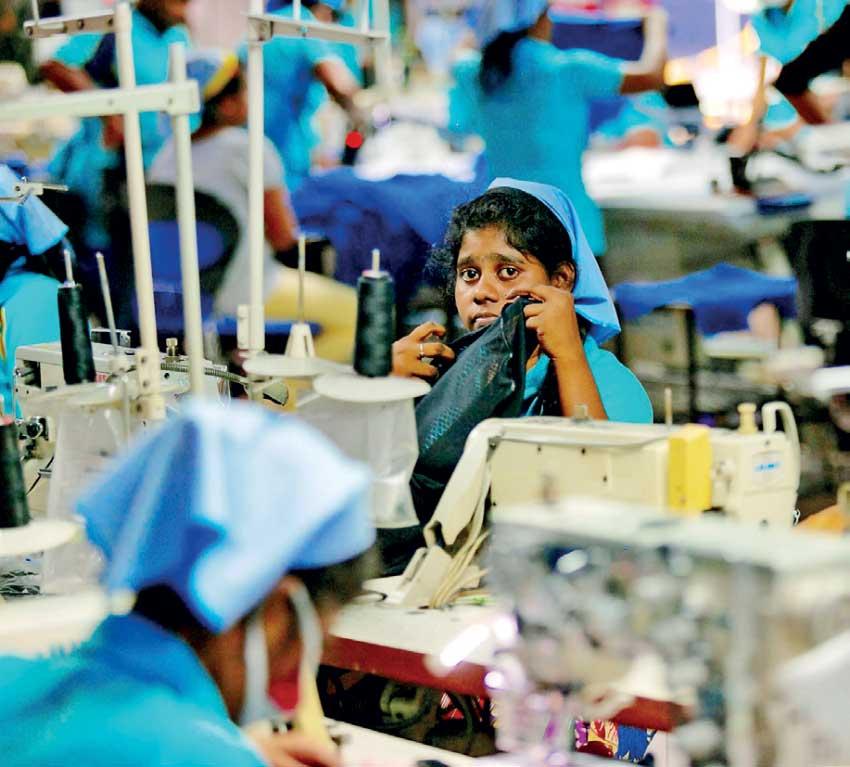Reply To:
Name - Reply Comment

Sri Lanka’s producers are beginning to feel higher cost of production, potentially activating what could be a vicious cycle of higher producer prices, leading to higher consumer prices, which could undermine the purchasing power and thereby the desire for consumption
and production.
Sri Lanka’s cost of production, measured by the Producer Price Index (PPI), has risen 6.4 percent during the 12 months to February 2021, accelerating from 4.5 percent in January 2021.
On a month-on-month basis, the prices rose by 1.1 percent from January 2021.
While the recent rise in producer prices could be transitory, due to the manufacturers having to ratchet up production to meet the recovery seen in local consumption and exports, a more persistent rise in prices could be damaging, not just to production but also for consumption and the overall economic output.
The monthly indicator compiled by the Department of Census and Statistics (DCS) is released with a 45-day lag and functions as “an important macroeconomic indicator. It serves as an indicator of short-term inflationary trends and as a deflator of economic series,” the DCS said.
While the producer prices are still not being used as part of the mainstay economic indicator to determine the direction of prices and to gauge the overall health of the economy, they play a crucial role in demonstrating the pass through effects that could be seen later in consumer prices. Sri Lanka’s consumer prices, as measured by the Colombo Consumer Price Index, rose 4.1 percent year-on-year (YoY) in March, accelerating from 3.3 percent in February, predominantly driven by food prices, which rose by nearly 10.0 percent from a year ago.
The February increase in the PPI calculated for all economic activities, including agriculture, manufacturing and water supply and electricity, is the highest since October 2020 and the index value of 152.4 for the month is the highest ever since the DCS started releasing the index in September 2015 as a quarterly gauge.
The PPI for agriculture activity alone rose by 8.4 percent from a year ago, while manufacturing logged a 9.7 percent increase. The electricity and water supply category recorded the highest increase in cost as it rose by 12.6 percent YoY.
Under agriculture, where a lot of essential food items are captured, increases in costs in the subcategories of growing crops such as cereals and fruits, nuts and beverage and spice crops are observed.
However, growing vegetables showed a decline in prices, while activities related to farming of animals such as production of dairy recorded an increase in costs of 6.3 percent. The production of eggs recorded a decrease in prices to 11.3 percent in February 2021 compared to the same month in 2020.
Meanwhile, the subcategories under broader manufacturing such as manufacturing of wearing apparel, dressing and dyeing of fur, manufacturing of furniture, manufacturing of rubber and plastics, manufacturing of basic metals, manufacturing of textiles, manufacturing of food products and beverages, manufacturing of electrical machinery, saw their production costs going up in February from a year earlier.
Sri Lanka currently practices an inward-looking economic policy, where import substitution is prioritised. Restrictions on so-called non-essential imports have also been in place for more than a year now.